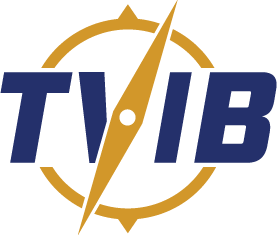SAFETY ALERT 10-17: Carbon Monoxide
09/25/2017
Excerpt from U.S. Coast Guard Safety Alert 10-17
Recently along the Gulf Coast multiple passengers on board an uninspected passenger vessel (UPV) were hospitalized due to carbon monoxide (CO) poisoning. One of the persons had a 26% CO level (amount of CO bound to hemoglobin or red blood cells) in their blood stream. Additionally, it was discovered that one of the passengers became unconscious and the other four passengers experienced heavy fatigue and vomiting as a result of the CO exposure.
Coast Guard Marine Inspectors conducted an exam of the vessel and found it to be in compliance with the ventilation requirements set forth in 46 CFR Subchapter C as they pertain to UPVs. The Coast Guard team then requested that the master get underway in order to take readings with a personal four gas meter. While underway the meter indicated significantly high parts per million CO in the vessel’s fishing area, the flying bridge, and interior cabin spaces. The team directed the master to cease all operations until the causal factors behind the hazardous condition could be addressed and corrected.
